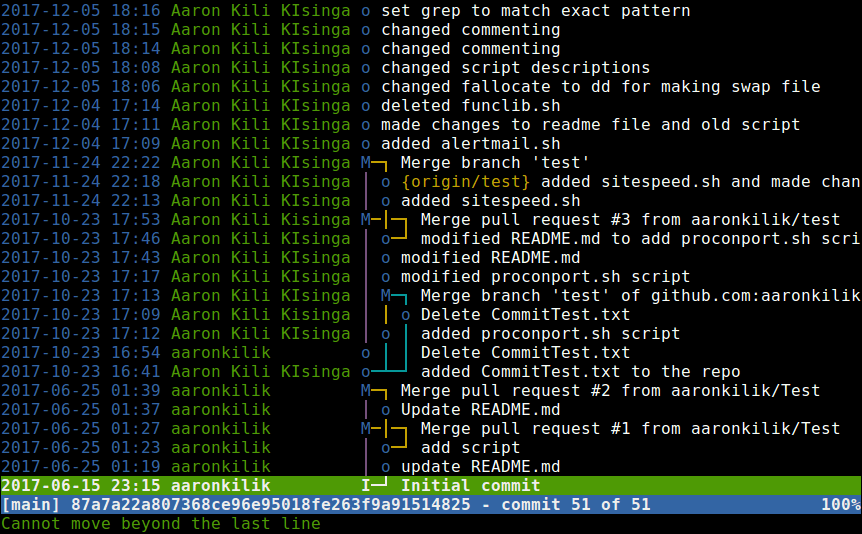
What to do when mercurial removes a file? The value of the hg rollback command drops to zero once you’ve pushed your changes to another repository. Mercurial groups all changes from one hg pull into a single transaction, so one hg rollback is all you need to undo this mistake. The hg rollback command will work nicely to expunge all of the changesets that you just pulled. What to do when you make a mistake in mercurial?

Mercurial lets you “back out” an entire changeset automatically, and provides building blocks that let you reverse part of a changeset by hand. When do you back out a change in mercurial?Ĭonsider a case where you have committed a change a, and another change b on top of it you then realise that change a was incorrect. The operation of the hg backout command is a little intricate, so let’s illustrate it with some examples. Instead, it creates a new changeset that reverses the effect of the to-be-undone changeset. What does the HG backout do in mercurial?īecause Mercurial’s history is immutable, this command does not get rid of the changeset you want to undo. Use the Browse… to choose a local folder. It is the path (or URL) of the repository that will be cloned. From the explorer context menu select TortoiseHg… ‣ Clone a repository or type thg clone.

To clone a repository you have to run the clone dialog.

Or skip adding new files as a separate step and have the commit tool add them implicitly.Explorer: select TortoiseHg ‣ Add Files… in the context menu.Workbench: goto the Commit task tab, rightclick on the file, and select Add from the context menu.


 0 kommentar(er)
0 kommentar(er)
